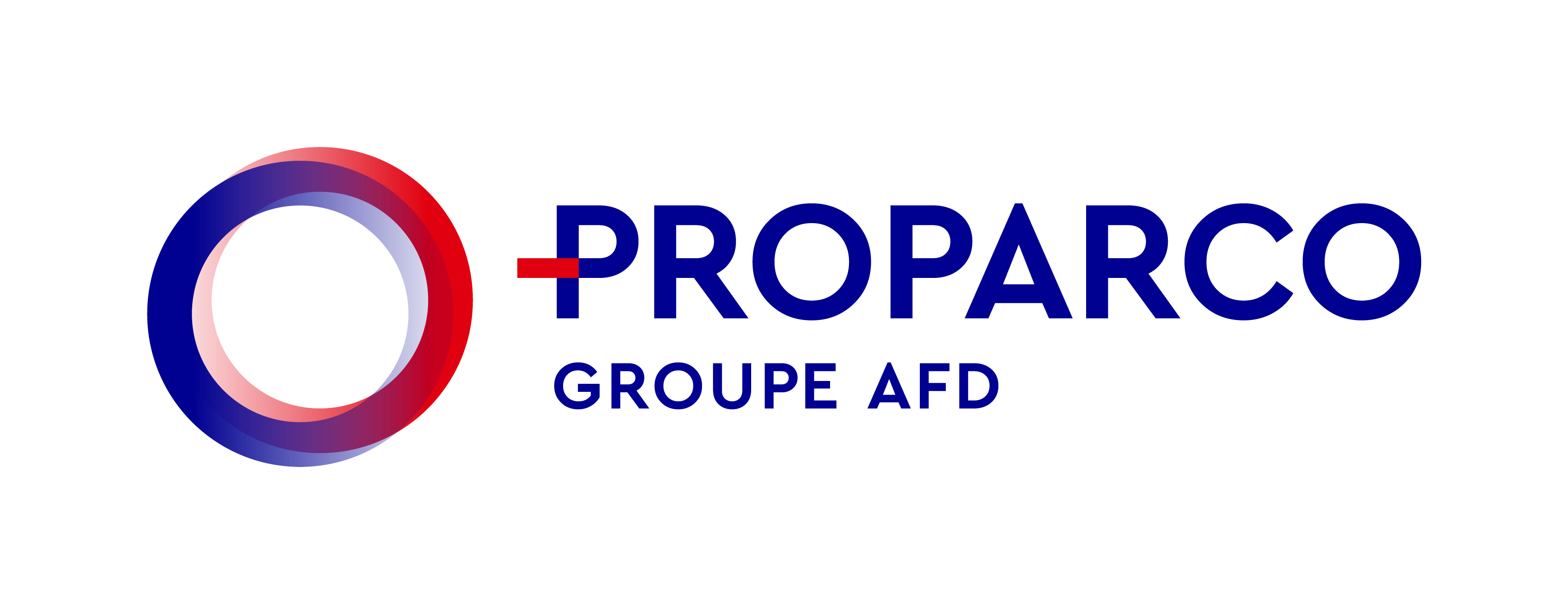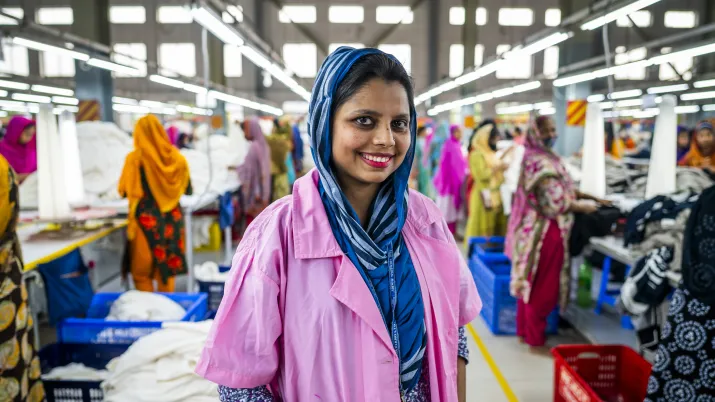Share the page
How gender lens investing is shaping more inclusive workplaces
Published on

To understand the outcomes of its gender-related investments to date, Proparco commissioned an evaluation of its portfolio. The goal was to assess the contributions of these investments to gender equality and women’s economic empowerment outcomes, and to identify insights to strengthen its approach to achieving gender equality outcomes and impact through its investment strategy.
Proparco’s commitment to promoting gender equality is a key component of its 2023–2027 strategy and reflects the broader priorities of France’s feminist foreign policy and the AFD Group’s alignment with Sustainable Development Goal 5 (SDG 5 : Gender Equality). One of the ways Proparco contributes to this objective is through gender lens investing, with a target to allocate €1.9 billion between 2023 and 2025 to investments aligned with the 2X Challenge criteria.
To understand the outcomes of its gender-related investments to date, Proparco commissioned an independent evaluation by Kore Global. The review focused on 27 investments made between 2018 and 2022 that meet the 2X Challenge "Employment" criteria, meaning that they are denoted by a share of women in the workforce between 30- 50% depending on the sector, and having at least one ‘quality employment’ indicator beyond compliance.
What we found: encouraging results
Nearly half of the evaluated portfolio showed above-average performance on gender, and a majority of investments contributed to at least one significant pathway for women’s empowerment—such as improving access to quality employment or financial services. Importantly, the most significant outcomes were seen when both the 2X Challenge "Employment" and "Leadership" criteria were met. These cases demonstrate the value of combining inclusive employment practices with support for women’s leadership and broader cultural change within organisations.
Deep dives: lessons from the frontlines
To complement the evaluation, Proparco and Kore Global developed case studies spotlighting the gender journeys of selected clients. These real-world stories unpack how businesses are translating gender ambition into action.
- Leadership and culture matter
Organisational culture and leadership engagement are central to meaningful progress. In cases like Biosidus and Mauritius Commercial Bank (MCB), strong leadership support enabled initiatives to take root—through, for example, internal gender working groups, regular training, and senior champions for gender equality.
Creating an inclusive culture, however, requires more than good intentions. It takes persistent effort, including training, employee engagement, and visible support from the executive team. Dedicated gender working groups and internal champions were also crucial in sustaining momentum and accountability.
- Tailored technical assistance can make a difference
Technical assistance emerged as a powerful enabler of progress—when it was tailored and strategic. Examples range from developing strategies to prevent workplace violence, to designing inclusive leadership programmes and providing unconscious bias training for managers.
Importantly, gender diagnostics were a pivotal first step. These assessments helped companies identify where they stood, what barriers women faced, and where opportunities for change lay. For clients like Biosidus, MCB, and Adenia Partners, diagnostics laid the groundwork for targeted action plans that addressed both structural and cultural dimensions of inequality.
With technical assistance support, these clients moved beyond generic goals to implement context-specific solutions—such as updating governance frameworks and introducing safeguards against harassment. Diagnostics also helped foster internal alignment by grounding discussions in data, creating a shared rationale for action.
- Targets and accountability drive results
Clients that achieved the greatest impact had one thing in common: clear, measurable, and time-bound goals. Whether through gender action plans, equality charters, or investment commitments, structured frameworks proved essential.
For instance, Adenia Partners used gender performance metrics to embed gender considerations into both internal decisions and across its portfolio. These structured approaches helped align stakeholders, attract resources, and track progress over time—turning ambition into measurable change.
What’s next: scaling ambition and impact for gender equality
The evaluation confirms that the 2X Challenge "Employment criteria offer a strong entry point into gender lens investing. But if we want to drive lasting and transformative outcomes, we must go further—supporting women's leadership, transforming organisational cultures, and embedding inclusion at every level.
Proparco is committed to applying these lessons to expand the reach and depth of its gender-smart investments. The newly published case studies offer practical insights and inspiration for investors, fund managers, and companies alike. They show that with the right mix of gender intentionality, tools, and partnerships, gender lens investing can be a powerful lever for building more equitable, inclusive, and resilient businesses.
Further reading
Private Sector & Development #33 - Harnessing the private sector to reduce gender inequality
Published on February 25 2020



